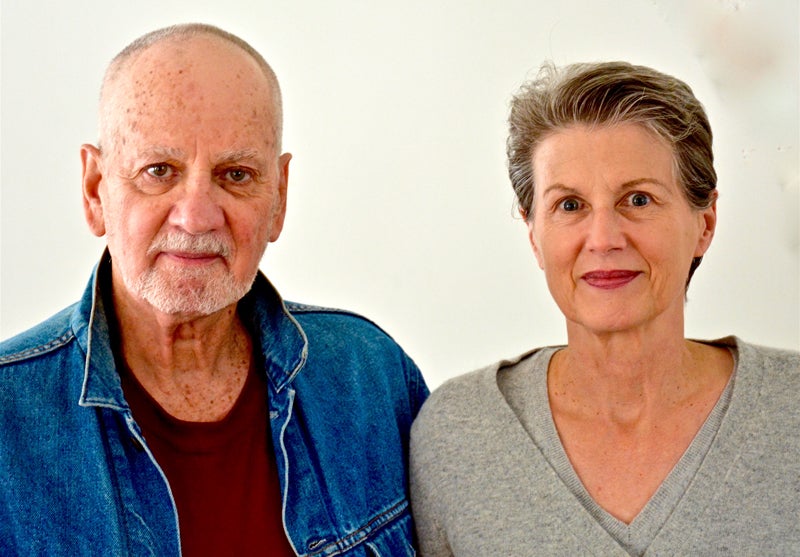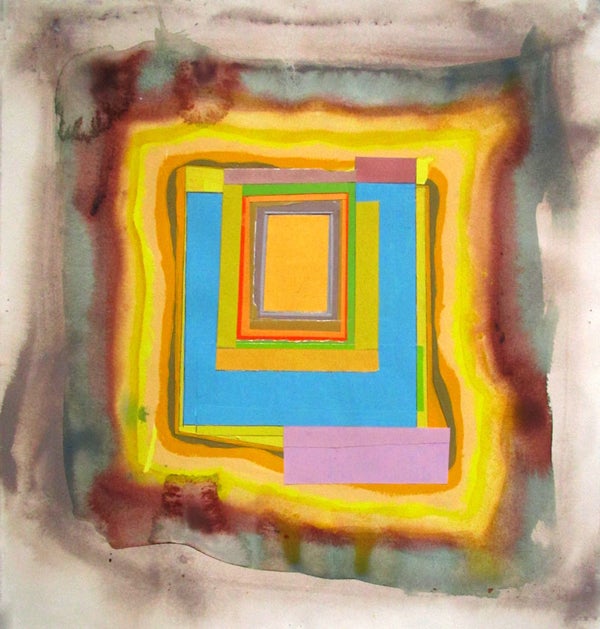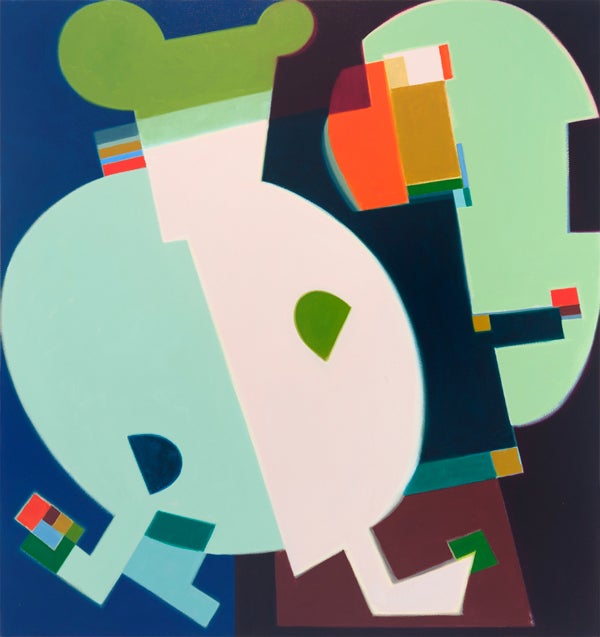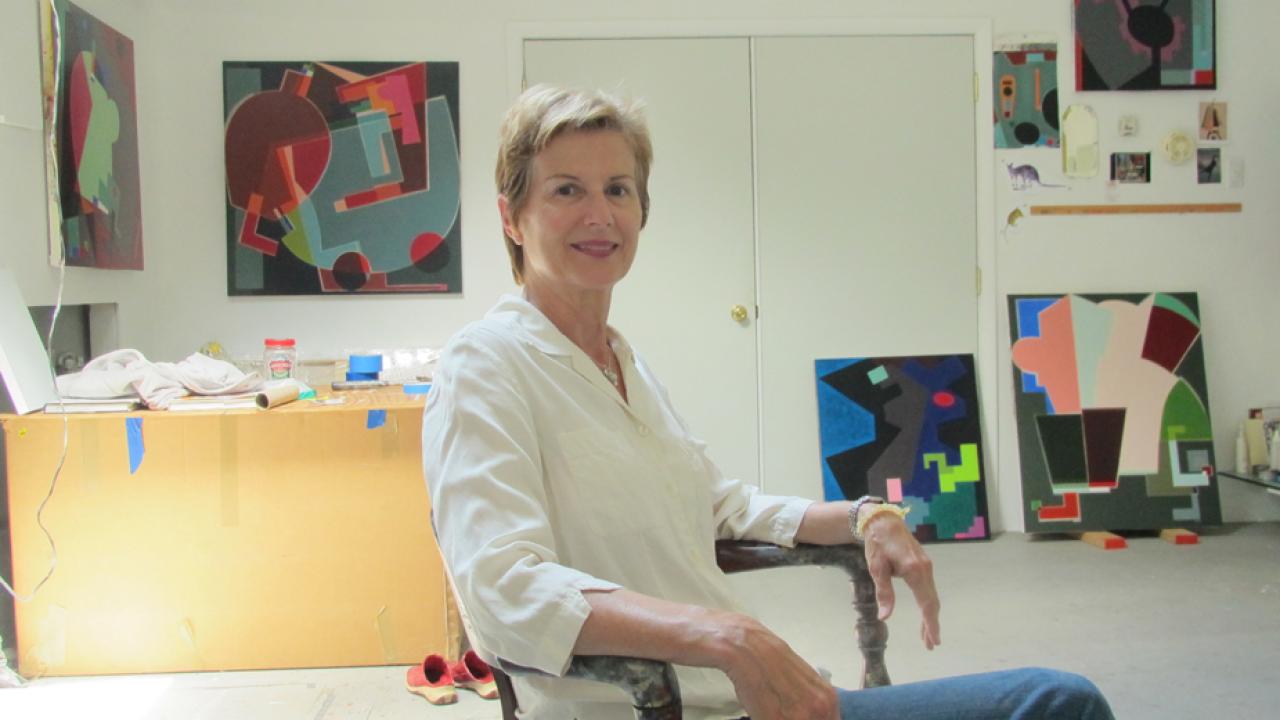More at the Museum
The Manetti Shrem Museum’s January programs include “An Artist’s Perspective” conversation, Hoof & Foot panel discussion, A Pot for a Latch Exchange Days, drop-in art studio for children and their grown-ups, and a lecture by UC Davis law professor Karima Bennoune on “Defending the Right to Culture.”
The University of California, Davis, hosts back-to-back talks next week by artists and writers Peter Plagens and Laurie Fendrich, the former speaking about UC Davis’ early art faculty, and the latter addressing “The Downside of Art.”
Plagens and Fendrich, who are husband and wife, have speaking engagements as follows:
- Plagens at 2:30 p.m. Sunday, Jan. 15, at the new Jan Shrem and Maria Manetti Shrem Museum of Art, where one of the inaugural exhibitions is about UC Davis’ early art faculty.
- Fendrich at 4 p.m. Wednesday, Jan. 18, in the Chancellor’s Colloquium Distinguished Speaker Series, to be held in the Vanderhoef Studio Theatre at the Mondavi Center for the Performing Arts.
Admission is free and open to the public, for both talks. RSVPs are requested for the Fendrich talk, and can be arranged online: http://conta.cc/2ioY55M.

A closer look at art department founders
Plagens, art critic for The Wall Street Journal and formerly for Newsweek magazine, wrote the essay “Of Serendipity and a Secret Sauce” for the Manetti Shrem Museum’s grand opening catalog in November. In the essay, he noted how the UC Davis Department of Art, during its formation, flew in the face of critics who said great art could be created only in major metropolitan areas and primarily in New York.

A number of UC Davis’ early faculty artists would go on to national and international prominence, including Wayne Thiebaud, Robert Arneson and William Wiley. They are among the more than a dozen art faculty pioneers whose works are on display as the premier inaugural exhibition at the Manetti Shrem Museum. The exhibition, Out Our Way, runs through March 26.
Being away from major metro areas “was actually a big benefit to faculty and students,” wrote Plagens, who himself lives in New York. “(There was) no pressure to keep in step with fashion. … UC Davis was way ahead of the curve on artists drawing on other disciplines and turning to materials not usually common in art to make their work.”
Plagens will go into some of this in his talk, but will aim primarily at providing a more intimate look at the art.
“I’ll take examples of each of these artists and talk about it — why is this stuff any good?” he said. “I want to talk about what was going on in art at the time in different places and where this work falls. That’s what I (and museum Director) Rachel Teagle think the community wants to know.”
Especially important will be shedding light on the lesser-known UC Davis artists, such as Ralph Johnson and Ruth Horsting.
One of the few female faculty members, Horsting stopped making art in the 1970s, “and that was a real loss for sculpture because her work is really good,” Plagens said.
Plagens, who studied at the University of Southern California, wrote Sunshine Muse: Contemporary Art on the West Coast (published in 1974 and reissued in 2000 as Sunshine Muse: Art on the West Coast, 1945-1970), still considered a definitive book on the era and its art. His book Bruce Nauman: The True Artist (2014) is a deep examination of the artist and his work — the artist being a Master of Fine Arts graduate of UC Davis (1966) and one of the best-known artists to come out of the program.
A painter talks about art’s value
Fendrich’s talk, “The Downside of Art,” has a catchy title, but the topic sounds quite heady — it is about Jean-Jacques Rousseau’s 1758 “Letter to M. D’Alembert on Spectacles,” in which the philosopher Rousseau attacks the arts.

“The (essay) is totally off the wall and hilarious,” Fendrich said. “Rousseau says the arts in general are destructive to human happiness. I’ll talk about my ongoing intellectual and emotional struggle with what Rousseau says and give a painter’s rebuttal to it.”
Fendrich first read the essay 30 years ago as an undergraduate student and said it has given her food for thought and counterargument ever since.
“He was a crazy misogynist artist so it’s not boring,” said Fendrich, who included the essay in her curriculum as a teacher, including 25 years at Hofstra University where she retired as a professor in 2014. “Students tear out their hair trying to refute it — but they really love it.”
Fendrich started writing about the arts in 1990, often for The Chronicle of Higher Education, where her essays have included the widely read “How Critical Thinking Sabotages Painting” (2016).
Joint exhibition close by
Plagens and Fendrich don’t normally write about each other’s art, they have never lectured in the same vicinity (although they served as visiting artists at the San Francisco Art Institute in the fall of 2015), and they have never exhibited together even though both are abstract painters whose works have some affinities and concerns.
“Our work doesn’t go together,” Plagens said. “It’s like salsa and marinara sauce — they look alike and have similar things in them and can be used in many ways, but they’re awful together.”
That said, they’re having their first joint show, Black White Color Life: Recent Works on Paper by Laurie Fendrich and Peter Plagens, Feb. 15-March 12, at the Sonoma State University Art Gallery.
Media Resources
Jeffrey Day, Division of Humanities, Arts and Cultural Studies, 530-219-8258, jaaday@ucdavis.edu
